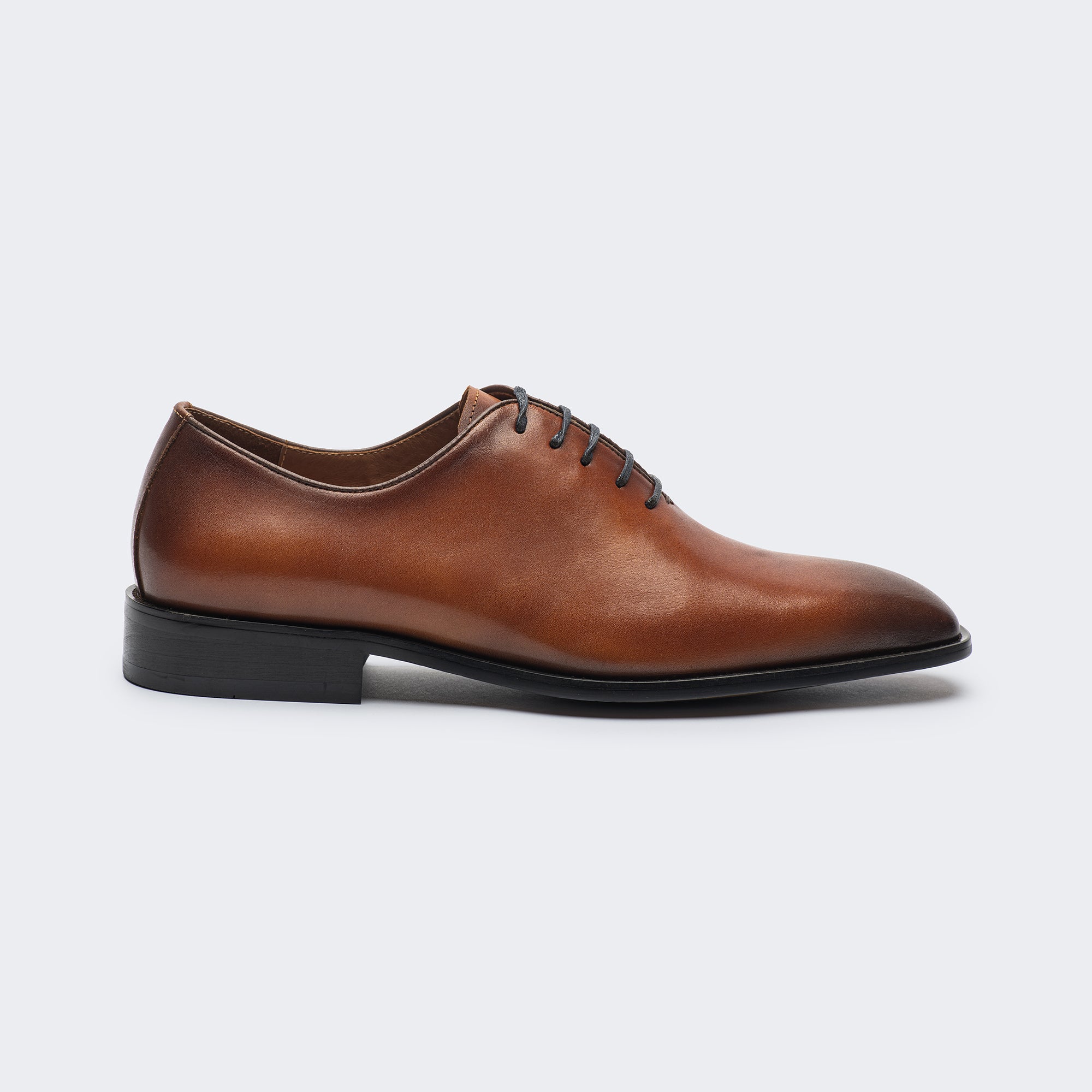Chambray vs Denim: Which is best?
Chambray and denim are usually confused, by both sellers and consumers, with one another due to their quite similar properties. For instance, both these fabric types are made by weaving a white cotton thread with an indigo one which imparts a flattering faded appearance.
However, when it comes to feel and wearability, both these fabric types are a lot different. So today, we are going to debunk this chambray vs. Denim difference by understanding the basic traits of both. This, in turn, will help improve your style game while using them ideally, as per your weather and living conditions. So, let's begin!
Chambray vs Denim
What is chambray?
Chambray is known as the cousin of denim or lightweight denim, but it's more appropriate for warm weather. The roots of chambray lie in the Cambrai town of France, from where it got its name.
This workwear was first manufactured in the mid-1500s for manual labourers and became their favourite due to being easy to care for and highly durable. Due to being super breathable, this fabric type was also used by the American Navy during the First World War.
As time went by, multiple sorts of clothing items began to be made in chambray, including pants and ties. Speaking of the basic difference then chambray imparts a different hand feel. It's softer than denim with higher breathability. Also, it tends to stay cool during summer and is lightweight which makes it versatile enough to style for a relaxed but polished look.
Besides, chambray possesses a plain weave with a 1:1 construction of weft and warp. This, in turn, imparts a checkerboard appearance and crisp feel to chambray. Moreover, the threads are woven tightly to make chambray, with a higher thread count, making it a high-quality fabric which lasts years.
Pros
- Low maintenance
- Machine washable
- High breathability and moisture-wicking properties
- Can be easily dressed up and down
- Great clothing choice for hot and humid regions
- Feels soft while looking crisp
Cons
- Mostly comes with skin-tight fitting
- Cannot be worn un-ironed
- Not for a conservative work environment with a strict dress code
- May lose its original shape over time
What is denim?
Denim, like chambray, also has its roots in France, but its manufacturing was quite accidental. The textile manufacturer was up to designing an Italian fabric, but they ended up with denim, which soon became universal workwear.
Worn initially by gold miners, denim quickly became popular among labourers who wanted low-maintenance and super-lasting pants. Since then, this fabric has been used to form shirts, jackets, ties, bags, and almost every sort of clothing item for both males and females.
Now, coming to the fundamental traits of denim then, it possesses a twill weave with a 1:2 warp-to-weft construction. This, in turn, creates a diagonal pattern on the fabric. Even though the twill weave pattern is more prone to fraying, it's extremely durable and holds the power to retain its original shape.
Premium quality denim is made of 100% cotton, but some other variations also exist, which contain cotton-elastane or cotton-polyester blends. The best thing about denim is that it requires the least maintenance. One can wear denim clothes for several months without washing them.
However, this fabric tends to absorb heat quickly and hold it for a long time which makes it less suitable for warm environments. Likewise, denim, unlike chambray, is heavier, with low moisture-wicking properties.
Pros
- Looks super chic in casual settings
- Holds its original shape despite heavy physical activity
- Possesses enough elasticity to mould to your unique body type
- Most durable fabric with less maintenance
Cons
- Not suitable for warm and humid regions
- Not formal wear at all
Concluding chambray vs. denim debate
Till now, you have understood all the fundamental traits of denim and chambray. The basic difference between these two fabric types is the breathability and weight of each. Denim is heavier and more rugged, which makes it winter-appropriate and a perfect everyday work wear. On the other hand, chambray is lightweight with high breathability, which makes it summer-friendly and appropriate for everyday wear.
Considering the entire debate, chambray is an ideal choice for shirts as it comes in every configuration and cut. Also, it's more breathable and cool but due to not being too gauzy, it can be worn all year round with layering. On the other hand, denim is better for pants, jackets, and bags as it can easily sustain regular wear and tear, without looking worn out.










